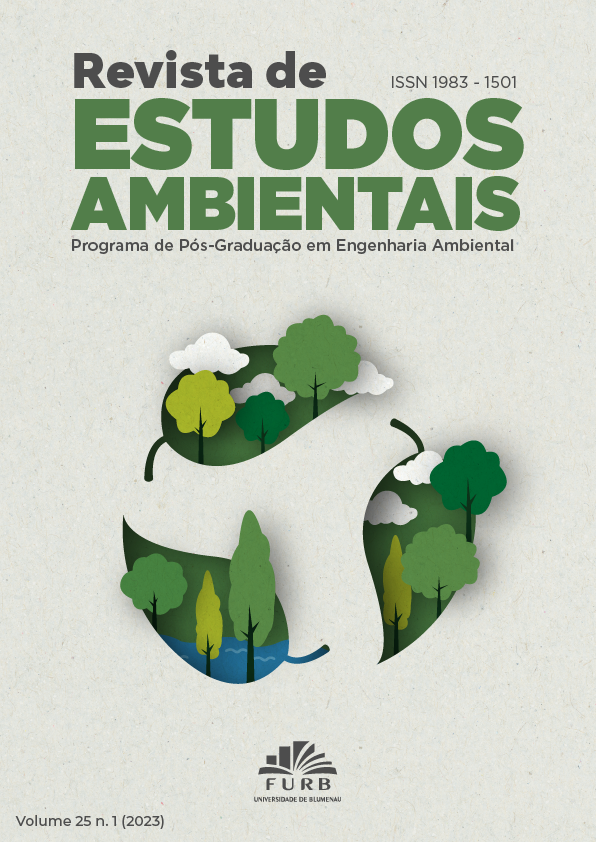PLEUROTUS OSTREATUS (JACQ.) P. KUMM. E PLEUROTUS ERYNGII (F.) QUÉL. COMO POTENCIAIS AGENTES MICORREMEDIADORES DE EFLUENTES CONTAMINADOS COM BENTAZONA E 2,4-D
DOI:
https://doi.org/10.7867/1983-1501.2023v25n1p33-47Palavras-chave:
sanitation, wastewater, pesticides, basidiomycetes, mycoremediationResumo
Mycoremediation has been studied as an alternative to removing pesticides from wastewater. Here, we evaluated the in vitro capability of the basidiomycetes Pleurotus ostreatus and Pleurotus eryngii as potential remediation agents of effluents containing the pesticides bentazon and 2,4-D, respectively. P. ostreatus and P. eryngii were cultivated in liquid media containing bentazon (4.5 g L-1) and 2,4-D (5.4 g L-1), respectively. Biomass dry weight and CG/MS analysis were performed to evaluate the fungi' capability to grow in the contaminated media as well as to degrade the studied pesticides. To evaluate the toxicity of the wastewater after the cultivation of the fungi, tests with Allium cepa were conducted. P. ostreatus and P. eryngii presented tolerance to the bentazon and 2,4-D, respectively. CG/MS analysis showed that the fungi were not efficient in the removal of bentazon and 2,4-D after seven and twenty-one days of cultivation, respectively. Finally, in both cases, the final effluents were toxic to A. cepa. Despite the non-removal of pesticides, P. ostreatus and P. eryngii have the potential to tolerate bentazon and 2,4-D in liquid media. Therefore, some different cultivation conditions must be tested to explore the potential of these fungi for pesticide removal.

